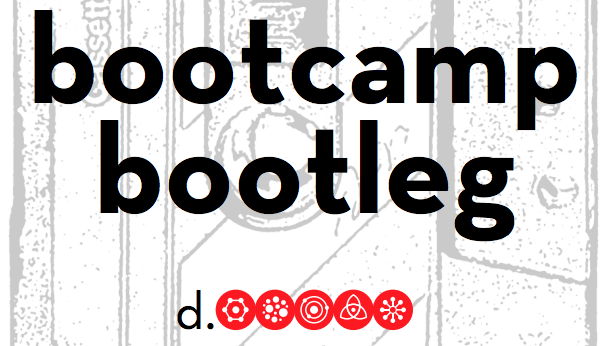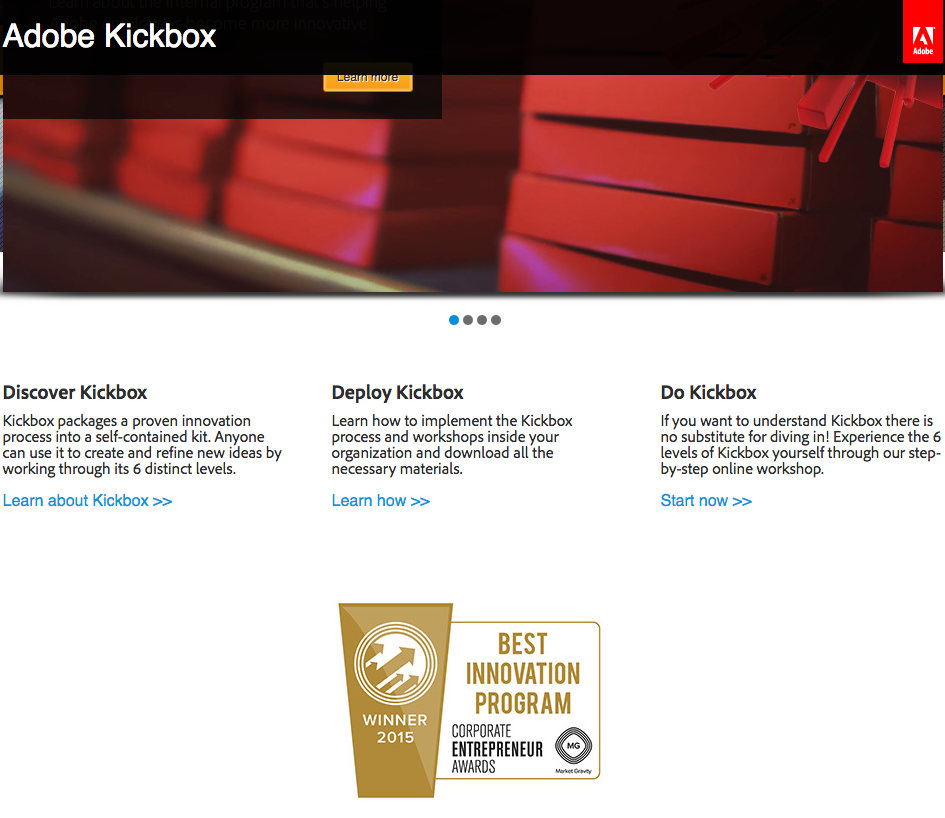Published – 13 February 2018 By Gavin Beever
Design thinking is a five step method for innovating to solve complex (“wicked”) problems and is being used successfully in agricultural extension. It approaches challenges by understanding the needs of users and then developing insights to meet those needs. It proposes that only by contact, observation and empathy with end users can solutions be designed to meet their needs and circumstances.
Design Thinking Steps
- Understand – Get base knowledge to ensure the right questions are asked of end users
- Observe – Observe, converse, ask open ended questions and empathise with your end users. Develop insight, identify needs and potential impact. Ask “Why?” often
- Synthesize – Review your observations, prioritise and work out which insights and needs will be a focus to go forward with. Clearly document and state what the focus will be as a problem statement
- Ideate – Based on the focus (problem statement), generate as many ideas as possible, share them back with end users. Identify the best ideas to tackle the problem statement, ready for prototyping
- Prototype – Develop prototypes that make the best ideas real, do it with a rapid development approach, road test them and get feedback from end users
- Iterate – Take the insights you gain during the prototype phase and revisit the design thinking process to further develop and refine things; this may include going all the way back to the understand phase with your end users
Virtual crash course in design thinking

Standford d.school is run by Standford University to help people develop their creative abilities. They have developed a virtual crash course in design thinking.
Standford d.school has also produced a tool kit to support the practice of design thinking. It can be found here.
Adobe Kickbox
Adobe developed Kickbox as their own innovation process, before making it open-source and available to all.
This short video shows how they are using it internally.
Kickbox helps people who wish to innovate be more empowered, efficient and effective. Kickbox is free and the resources can be found here.
There are six levels in the Adobe Kickbox process:
Level 1 – Inception
Level 2 – Ideate
Level 3 – Improve
Level 4 – Investigate
Level 5 – Iterate
Level 6 – Infiltrate
Abdobe have provided an online workshop that can take people through each level. Click here.
Dr Jeanne Liedtka, Professor of Business Administration at the University of Virginia’s Darden School of Business, produced this article on “Why Design Thinking Works” and talks about using Design Thinking as a way to foster inclusion and dialogue across difference in this Key Note presentation at the Global Design Thinking Alliance Conference in 2020.
For further information
McKim. R, (1980). Experiences in Visual Thinking, 2nd edition. Cengage Learning. ISBN 0818504110
Standford d.school crash course in design thinking. Click here
Adobe Kickbox https://kickbox.adobe.com
Liedtka. J, (2018). Why Design Thinking Works. Harvard Business Review (Sept – Oct, 2018), pp 72-79.



